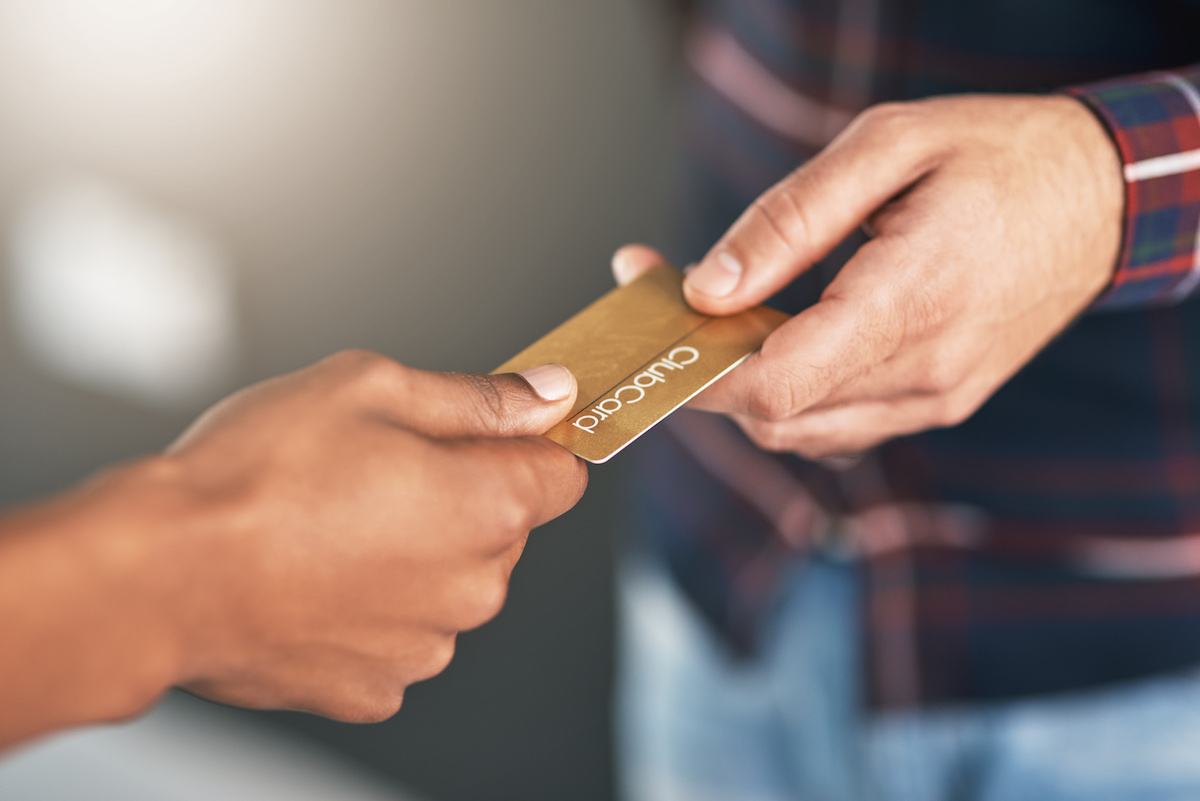Investments in loyalty programs are booming. Across the globe, more than 90% of companies employ some form of customer engagement or loyalty program, and there are no signs of this trend slowing down. Accenture research found that businesses are spending billions of dollars each year for non-cash loyalty incentives, evident here in Australia through Telstra’s Thanks program, which updates loyal customers with personalised offers.
But does all that spend equal real value for business? Members of loyalty programs were found to generate only 12–18% incremental revenue growth per year. Further, more than three-quarters (77%) of consumers admit they retract their loyalty more quickly than they did three years ago.
While it’s clear loyalty investments are booming, our understanding of how customers behave and view loyalty has not kept pace.
How can companies improve falling customer loyalty rates? How can they rethink what loyalty means for their customers and for their business?
Justifying every investment
The first step to maximising loyalty value involves eliminating programs that do the opposite. Businesses must identify every investment made in the name of loyalty, including rewards and capability investments, based on their ability to drive margin gains.
Developing prioritised service channels is one example of eliminating less valuable programs. Take Marriott Australia, who recently aligned its three hotel loyalty programs into a single program. This merged members from its Marriott Rewards, Starwood Preferred Guest and Ritz-Carlton Rewards programs. By making smart investments, businesses can use their freed capital to adjust their remaining loyalty programs to engage customers, increase personalisation and monetise experiences.
Boosting acquisition through retention
While loyalty programs may not be generating the sales that companies expect, they do a good job of keeping customers engaged. This is important, as customers who are fully engaged are inclined to recommend a loyalty program or incentive to others.
Rather than investing in initiatives aimed at directly increasing the wallet share of loyal customers, companies can benefit from placing greater investment emphasis on leveraging word-of-mouth generated by their current customers. That means recalibrating investments to focus on retaining long-term or loyal customers, and leveraging their connections to acquire new customers.
Learning millennials’ loyalty language
One group that warrants particular attention are the millennials. This group now totals 1.8 billion globally and is expected to have a lifetime value of US$10 trillion. However, millennials aren’t interested in most of the current loyalty programs, with Accenture’s research revealing they are more likely to have a negative or non-existent (23%) reaction to companies’ loyalty efforts.
To successfully target millennials, companies need to understand their likes and dislikes, and then tailor language and experiences to their values and behaviours. Woolworth’s digital loyalty card is a new system that provides consumers with targeted offers, including discounts and rewards, on the platform millennials love and interact the most – their mobile device.
Viewing loyalty as a team sport
Businesses need to invest in loyalty programs in a more collaborative way. To maximise value, they can work with partner organisations, bringing the opportunity to create lower-cost acquisition channels, as well as share the advertising and operating expenses associated with the programs. For example, Flybuys’ collaboration with Unlockd’s rewards app allows users to complete activities such as taking surveys, and viewing videos and advertising. In return, Flybuys rewards loyalty program members with bonus points every month.
Loyalty is still integral to businesses and their customers. But today, as the correlation between customers’ loyalty sentiments and purchasing behaviours continues to weaken, it’s becoming clear that the old loyalty rules no longer apply. Companies can re-evaluate their loyalty investments and adjust to the new reality with a strategy that focuses on maximising value. Those that make the necessary changes will not only achieve a new form of competitive advantage, but will also free up capital that can drive additional growth.





